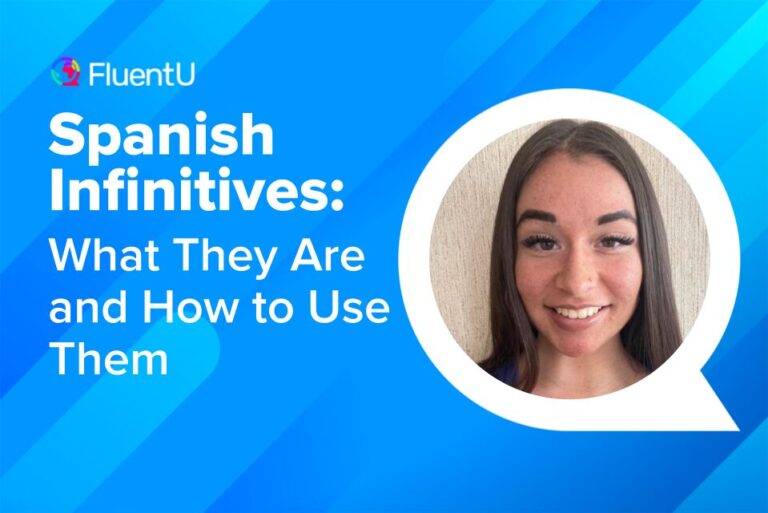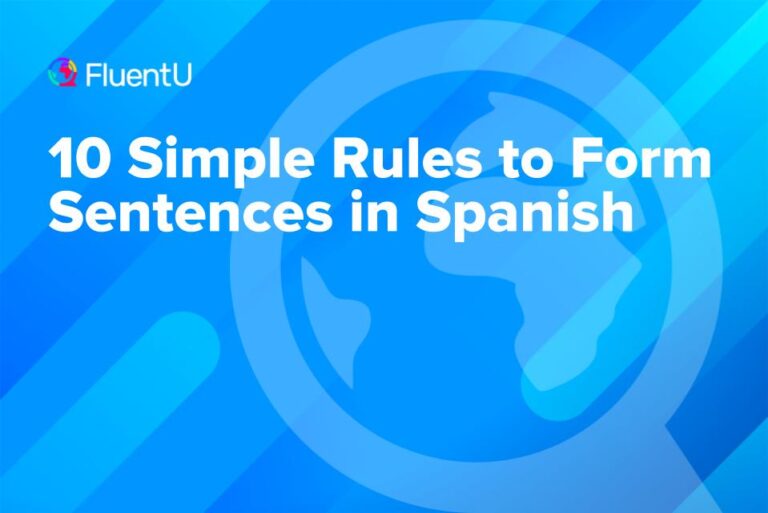
FluentU Language Learning
Spanish
English
French
Chinese
German
Japanese
Russian
Italian
Korean
Portuguese
English for Spanish Speakers
English for Japanese Speakers
English for Russian Speakers
English for Korean Speakers
English for Portuguese Speakers
English for Chinese Speakers
English for Italian Speakers
Educator
Spanish Educator
English Educator
French Educator
FluentU Company Updates
Reviews
How to Learn Spanish
Reading and Writing Spanish
Spanish Grammar
Spanish Language
Spanish Learning Resources
Spanish Vocabulary
Speaking and Listening to Spanish
Spanish Grammar


80+ Common Nouns in Spanish (Plus the Different Types)
Nouns are our guiding force when learning Spanish. Without them, we wouldn’t be able to name the objects, places, people…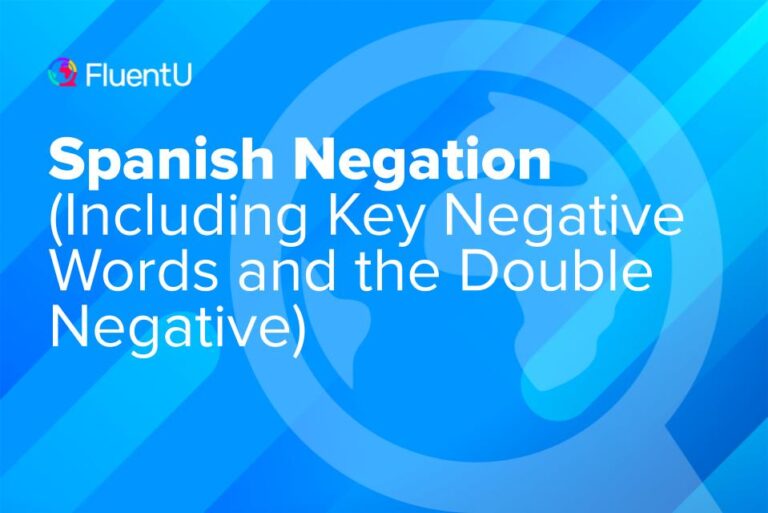
Spanish Negation (Including Key Negative Words and the Double Negative)
Nunca quieres nada de sopa. (You never want any soup). Yes, that’s a double negative in Spanish, and it’s grammatically…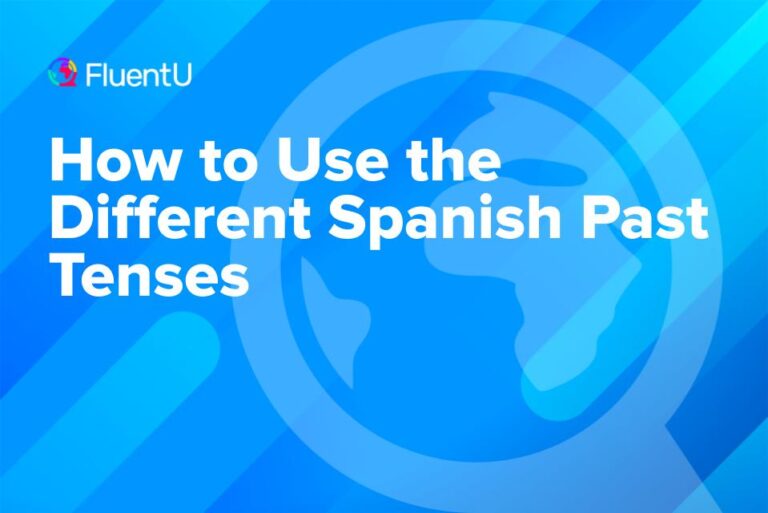
How to Use the Different Spanish Past Tenses
There are five past tenses in Spanish—the preterite, past imperfect, past progressive, present perfect and past perfect. They each express…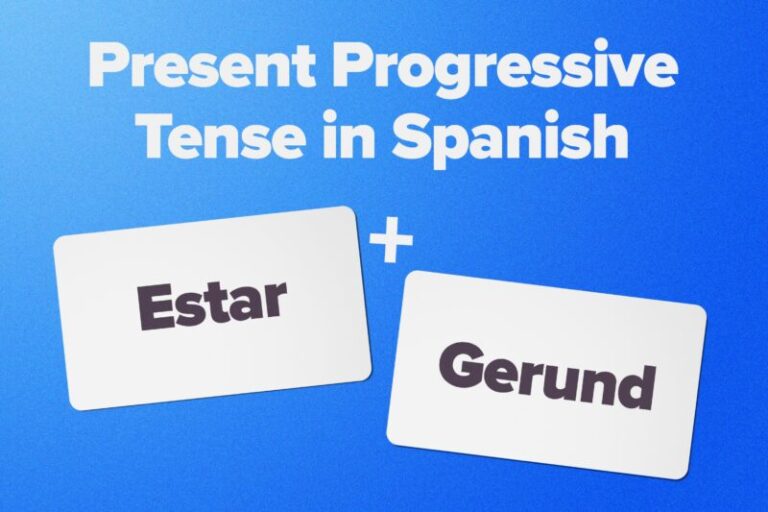
Using the Present Progressive in Spanish
We use the Spanish present progressive to talk about what we’re doing right now.You form it by conjugating estar (to…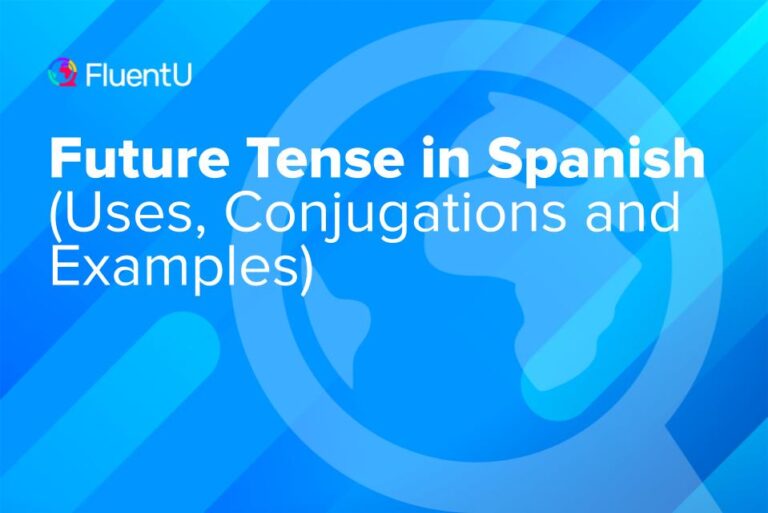
Future Tense in Spanish (Uses, Conjugations and Examples)
The simple future tense in Spanish is formed by taking the infinitive form of the verb and adding one of…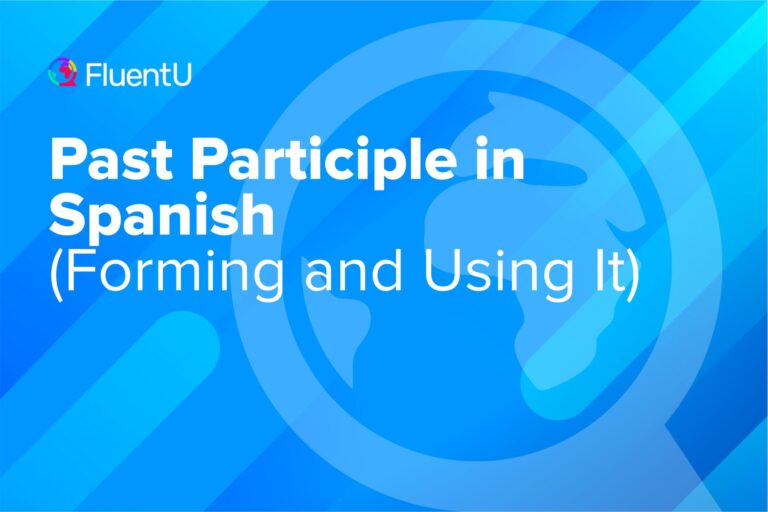
Past Participle in Spanish (Forming and Using It)
The past participle is a versatile verb form in Spanish, typically formed by adding -ado or -ido to the verb…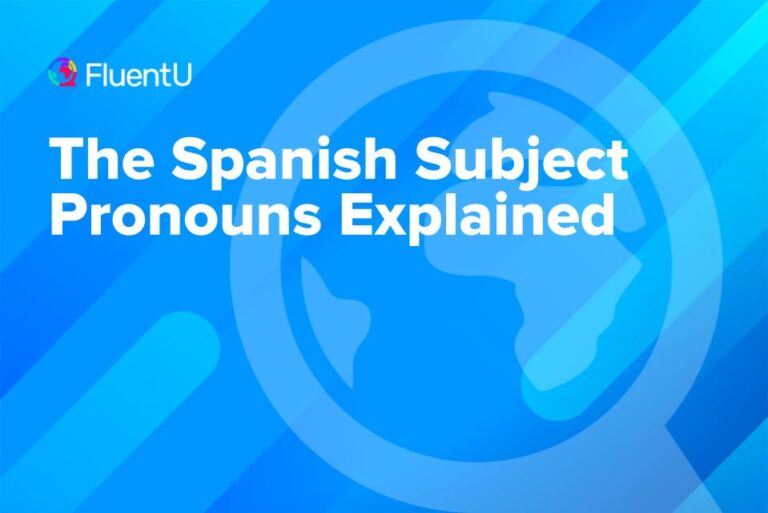
The Spanish Subject Pronouns Explained
You’ve probably seen words like yo, tú, él or ella in your beginner’s Spanish book. They’re called subject pronouns, and…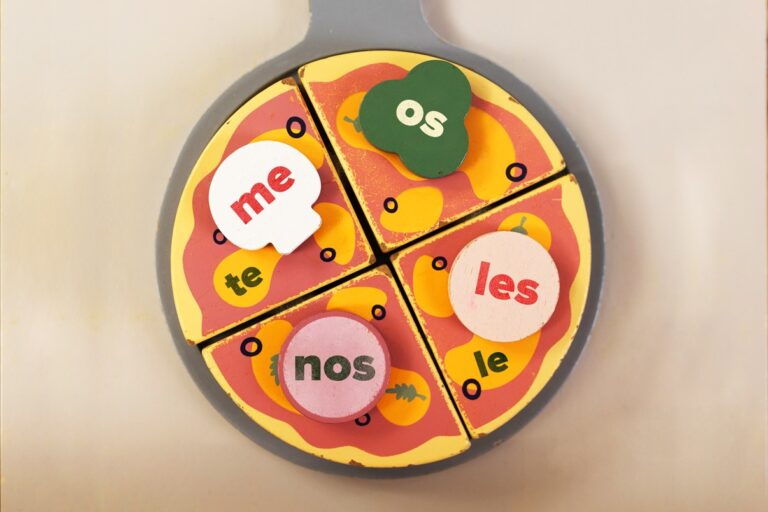
Indirect Object Pronouns in Spanish [Quiz Included]
Indirect object pronouns help you sound more natural. They’re words that replace nouns to make you sound less repetitive, like…